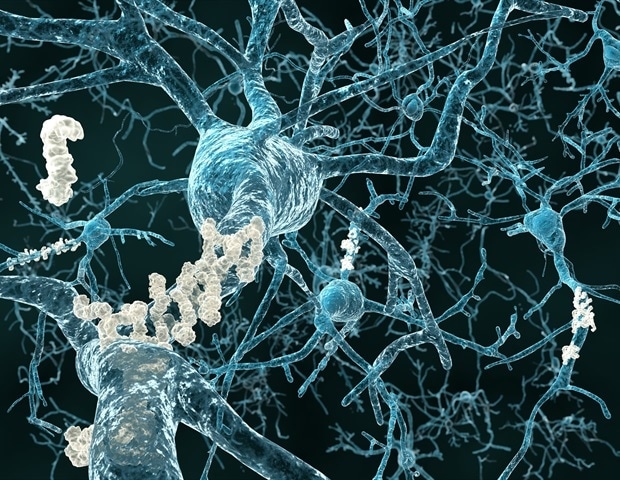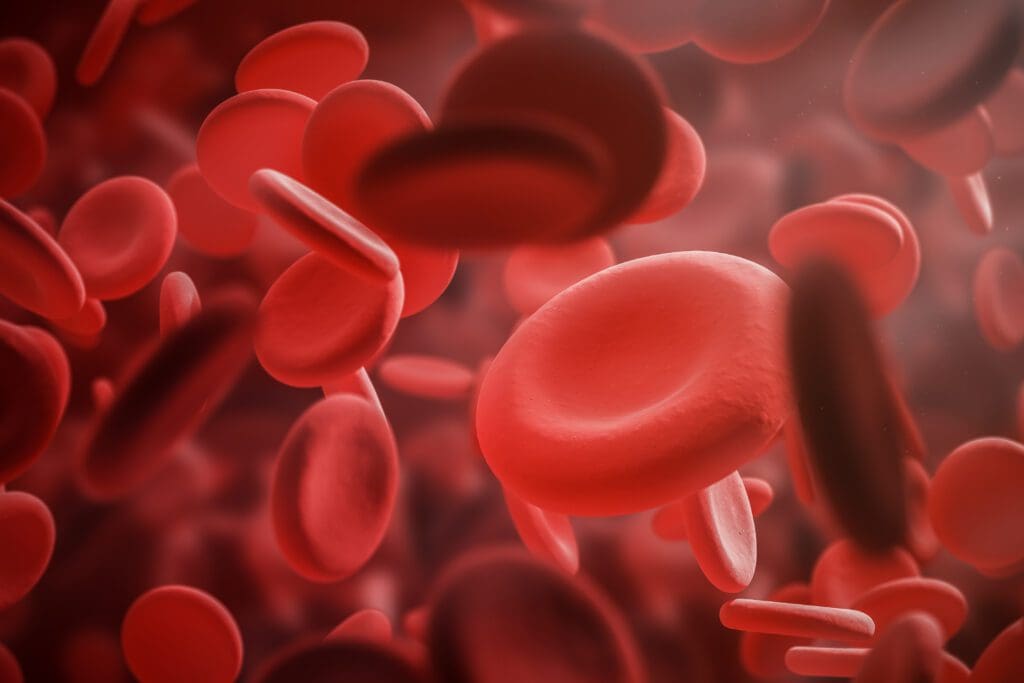Daily scans taken during prostate cancer radiotherapy could be repurposed to guide changes to treatment, reducing the risk of side effects, a study suggests.
Using AI, scientists found that images originally taken to help position…

Daily scans taken during prostate cancer radiotherapy could be repurposed to guide changes to treatment, reducing the risk of side effects, a study suggests.
Using AI, scientists found that images originally taken to help position…

A team of researchers at the Institute for Neurosciences (IN), a joint center of the Spanish National Research Council (CSIC) and Miguel Hernández University of Elche (UMH), has reconstructed for the first time how the cerebellum…

Ebola (EBOV) and Marburg virus (MARV) are highly lethal viruses that cause severe disease in infected patients by extensively damaging the body. This includes the gastrointestinal tract. Severe diarrhea followed by dehydration is a…

Increasing colorectal cancer screening rates among communities with the greatest need is the goal of a five-year, $4.2 million grant from the Centers for Disease Control and Prevention (CDC) to Penn State College of Medicine. The…

Researchers at Oregon Health & Science University have identified a type of enzyme with a complicated name – cell migration inducing and hyaluronan-binding protein, or CEMIP – is associated with disorders ranging from multiple…

After battling illness for years, Nancy Karipa tested positive for HIV in 1999. She had just given birth to her first child. “It was a crossroads moment for me, with the fear of denial, but I chose action,” Karipa, who is now in her 50s, said…
The Pan American Health Organization / World Health Organization (PAHO/WHO) is issuing this Briefing Note to inform Member States about the influenza A(H3N2) situation related to subclade K in various regions of the world and to reiterate the…

[image courtesy of denisismagilov/Adobe Stock]
Researchers at Case Western Reserve University and Haima Therapeutics used a “platelet-inspired nanoparticle” to deliver an anti-inflammatory drug. The drug was designed to improve the performance…

The NHS is bracing for its worst ever winter crisis in the next fortnight because of a worsening “flu-nami” that has left hospitals, GP surgeries and ambulances services under intense strain.
Hospitals are already treating record numbers of…